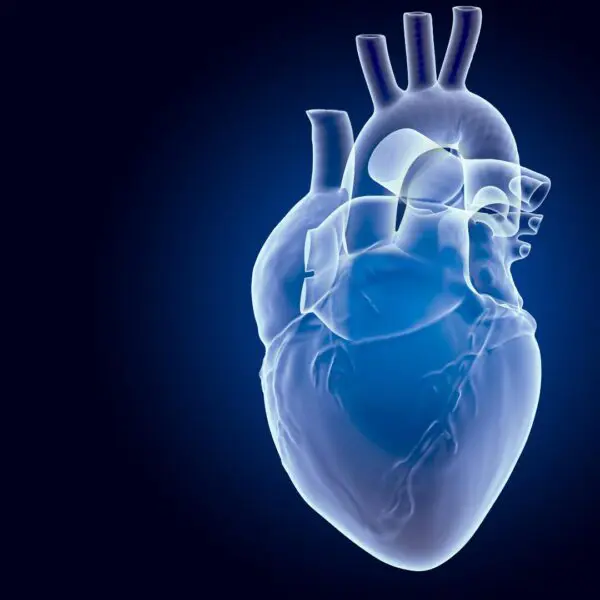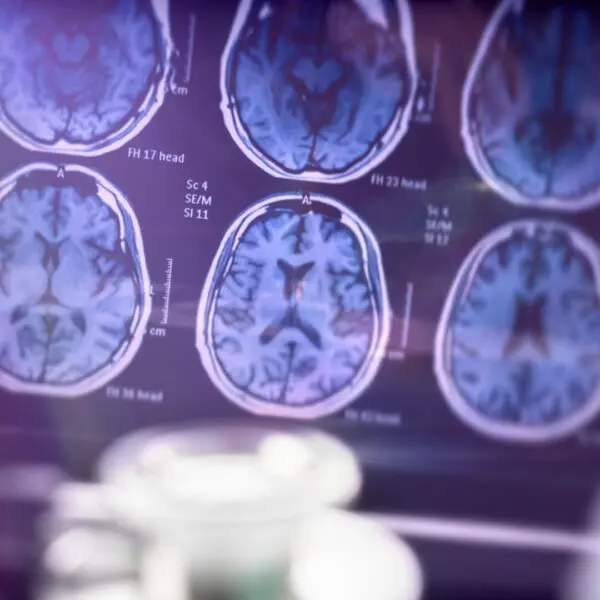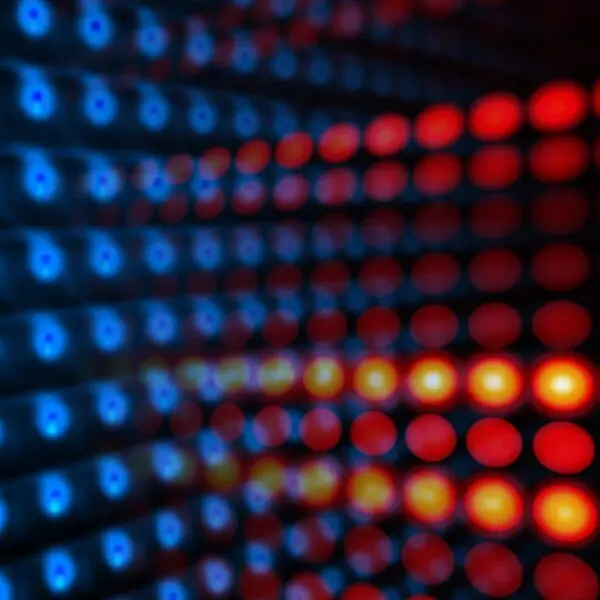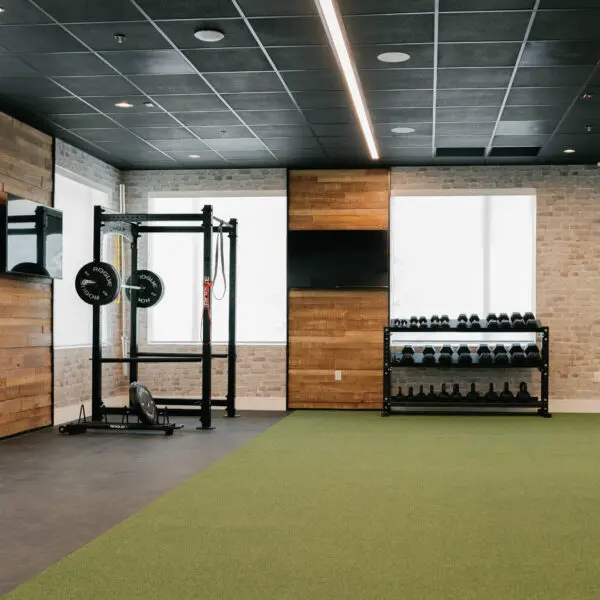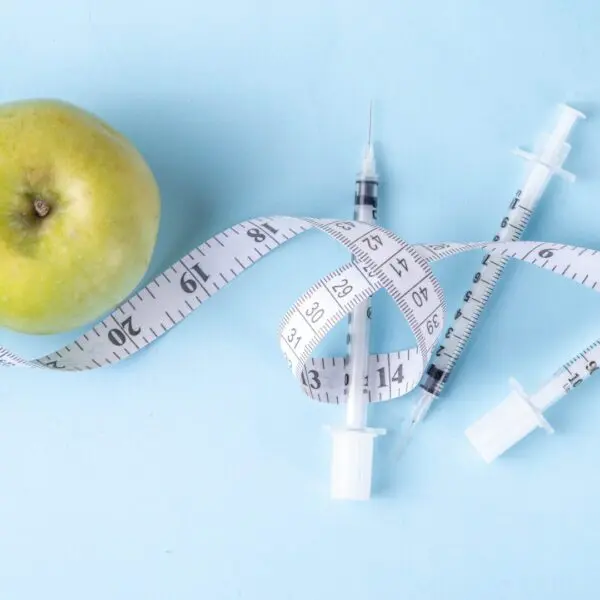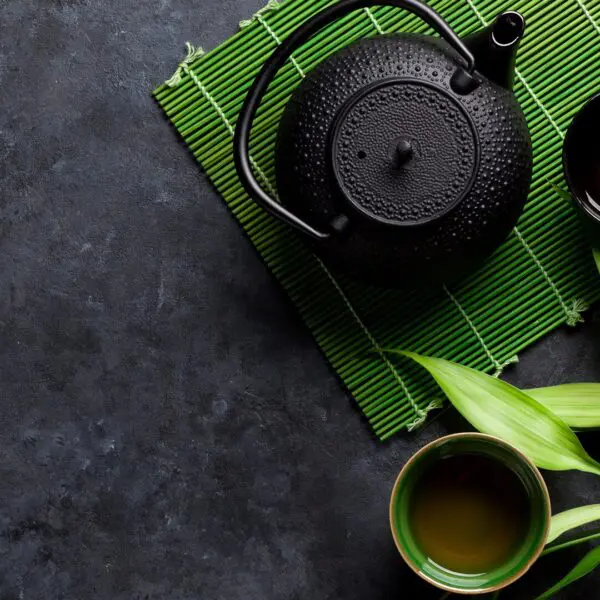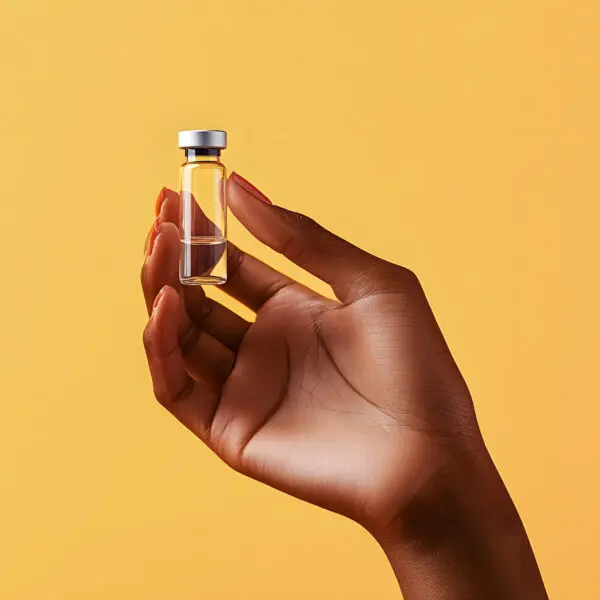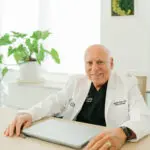
(The above diagram encompasses most of the external factors that affect stem cells in our body.)
A stem-cell niche is an area of a tissue that provides a specific microenvironment, in which stem cells are present in an undifferentiated and self-renewable state. Cells of the stem-cell niche interact with the stem cells to maintain them or promote their differentiation. We can see that the niche, as we call it, is very complicated and multi-faceted. If we understand the environment of the stem cell we can learn how to make procedures work more efficiently. This is easier said than done. We must realize that when we study the niche it is done in the lab (in vitro) and the results in the lab may not match what happens in real life (in vivo).
Let’s break down the Niche components one at a time. The first aspect we will discuss is hypoxia and metabolism. Hypoxia, or a diminished amount of oxygen, is one of the most significant environmental factors affecting cells in many different ways.
Hypoxia plays an important role in different aspects of cell chemistry such as metabolism, migration, proliferation, differentiation and, apoptosis (cell death). Hypoxia works thru many different elements such as hypoxia-inducible factors (HIFs). These are various growth factors that are produced by hypoxic conditions. HIFs are master transcription factors. This means that they mediate various events in cells. In molecular biology, a transcription factor is a protein that controls the rate of transcription of genetic information from DNA to messenger RNA. More than 1000 genes are targets of HIF, regulated directly or indirectly by it. For example, transcription factors, enzymes, receptors, and membrane proteins can be induced or suppressed by hypoxia. Mesenchymal (MSCs) and Hematopoietic (HSCs)stem cells are important components of the bone marrow niche.
The bone marrow niche is a state of physiological hypoxia. In another word, it is low in oxygen. Typically, when we harvest bone marrow aspirate we like to keep in hypoxic conditions. This may increase the survivability of the cells when they are reinjected into the body. This may be achieved by putting the aspirate in a vacuum container.
In regards to metabolism, some substances are broken down to yield energy for vital processes while other substances, necessary for life, are synthesized. In contrast to differentiated cells (which use oxygen in a respiration system like we are familiar with), many stem cells appear to rely to a greater extent on glycolysis than on oxidative phosphorylation to generate adenosine-5ʹ-triphosphate (ATP). Glycolysis is an oxygen-independent metabolic pathway. Unlike oxidative phosphorylation (the common form of respiration achieved by breathing air), glycolysis can proceed anaerobically (without oxygen). This raises the possibility that the dependency of a stem cell on glycolysis is an adaptation to the low oxygen levels that are present in the body during development and in an adult stem cell microenvironment or ‘niche’. What this really means is that the stem cells are able to survive on very low concentrations of oxygen mainly because they do not have to use oxygen. Realize that when we utilize oxygen for metabolism we will create a byproduct called a reactive oxygen species (ROS).
A ROS is more commonly known as a free radical. ROSs can cause damage to the cells in a variety of ways. They cause damage on a variety of levels. The shift toward glycolysis might minimize the production of reactive oxidative species (ROS), which could indirectly affect stem cell function. As an interesting aside, another aspect of anaerobic glycolysis is that it is energy system of choice for high- intensity activities that last from 30 seconds to about three minutes.
This occurs in athletes. This system has 11 chemical reactions that incompletely metabolize glucose to provide ATP and a byproduct of metabolism that causes acute muscle soreness, namely lactic acid. We can also see that what affects the “stemness” of a cell is the type of respiration it utilizes.
The diagram below is very similar to the first diagram that I demonstrated. It is a bit different. We see that there are a variety of components to the niche. These components act as a symphony orchestra. They are all important cogs in the function of the niche.

The cellular components are very important to stem cell function. These components can have a direct effect on the cell. They will produce certain biochemical compounds which are called cytokines. These cytokines are a method in which cells communicate with each other. There are a few different ways that the cells communicate with each other. I have included a slide from one of my talks that discusses cellular communication. In this case, the effect can be any of the “crines” of cellular communication.
These “crines” are found in a number of different compounds such as hormones, different types of growth factors, and exosomes. They will have either a direct or indirect effect on the cells. Many of these effects are mediated by the secreted factors. Some of these secreted factors can affect the production of messenger RNA. The messenger RNA can turn on certain genes in the cell that was otherwise “turned off”. By turning on certain genes we are able to have cells possibly start doing repair work. I cannot stress the importance of these secreted factors. They can lead to success or failure. The problem we sometimes run into is that the amounts and the actual secreted factors may be less than needed as we age. This may explain why as we age it takes us longer to get over injuries and illnesses.
Another important component in the niche is the inflammation and scarring component. This portion of the niche (first diagram) also involves certain cells. These are very specialized cells called macrophages and T cells. They are intimately involved in our immune system. Our immune system and stem cells go hand in hand. Macrophages can be broken down into two different types. There is the M-1 and M-2 macrophage. The M-1 macrophage will lead to inflammation while the M-2 can lead to a reduction of inflammation. The diagram below further explains this:

This diagram has many different things going on at once. In the middle of the diagram, we see a stem cell. Depending on the cells, environment, and other growth factors in the niche we can see a variety different effects. Some of these effects will be the formation of various autoimmune diseases courtesy of the T cells (think Rheumatoid Arthritis). While the macrophages under the right circumstances can help the release of T-Reg cells which will help eliminate or prevent autoimmune diseases. These effects are not just esoteric findings but have practical implications for real-world medicine. Remember, the cells in our body ultimately achieve the goal of repair. Where and which cells are present and active can cause or prevent serious problems.
The next component of the niche deals with the extracellular matrix. Most cells release materials into the extracellular space, creating a complex meshwork of proteins and carbohydrates called the extracellular matrix (ECM). A major component of the extracellular matrix is the protein collagen. Collagen proteins are modified with carbohydrates, and once they’re released from the cell, they assemble into long fibers called collagen fibrils. In the extracellular matrix, collagen fibers are interwoven with a class of carbohydrate-bearing proteoglycans, which may be attached to a long polysaccharide backbone. The extracellular matrix is directly connected to the cells it surrounds. Some of the key connectors are proteins called integrins, which are embedded in the plasma membrane. Integrins anchor the cell to the extracellular matrix.
In addition, they help it sense its environment. They can act as the eyes and ears of the cell. They can detect both chemical and mechanical cues from the extracellular matrix and trigger signaling pathways in response. The integrin concept is very scientific but the concept is very important.
The last niche component to address concerns the physical factors and their effects on the niche. In addition to the influence that an artificial ECM may have on cell shape, there is significant evidence that other physical properties of the ECM may also contribute to stem cell fate or lineage commitment. Cells that attach to a substrate have been shown to exert contractile forces, resulting in tensile stresses in the cytoskeleton. Interestingly, the relationship between these forces and the mechanical stiffness, or elasticity, of the ECM can have a major influence on cell behaviors such as migration, apoptosis (cell death), and proliferation.
This represents a bit of a tour of the stem cell niche.
Although, I have presented this in simplistic terms the niche is a very complicated environment which is getting more and more scrutiny. Is this the most important aspect of stem cell science? Probably not but it is difficult to say what is the most important aspect. Thanks, Dr. P
